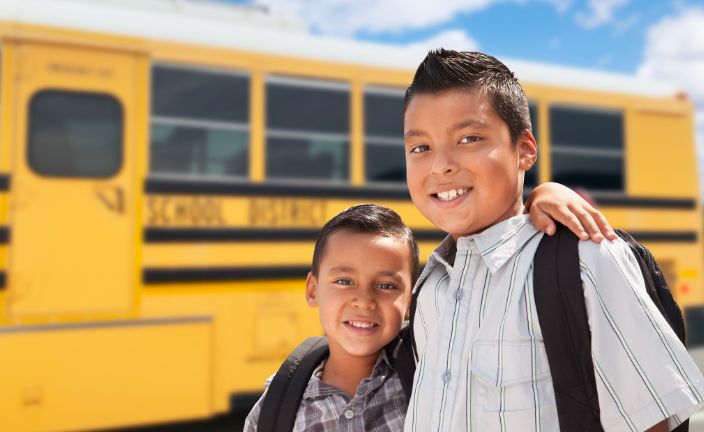How Education Inequality Impacts Student Success (and What to Do About It)
Posted by Des Sinkevich on February 22, 2024
While access to public schools has made a basic education available to all students, there is still a distinct – and growing – inequality in education that can impact a person’s economic future. Without graduating high school, a person is likely to earn less money, forgo higher education, and struggle financially. With education inequality continuing to grow in the United States, it’s vital to understand why and take measures to make education more accessible and equitable for all students.

What contributes to inequality in education
From income to lack of funding or resources, students can be negatively impacted by a lack of access to quality schooling and understanding. Some factors include the following.
The impact of income on education access
Income inequality and inequality in education often go hand in hand. Students who live in lower-income areas may have limited access to quality education. And, statistically, those from lower-income families are less likely to pursue higher education. In fact, only about 51% of lower-income students enroll in college compared to 89% of students from well-off families.
Economic status can also play a part in how well students can do in school. When a family is struggling financially, students may take on a part-time job to help with bills while still trying to balance their studies. They may also lack the resources other students have to keep on top of homework and assignments, like a laptop or even access to the internet.
Lack of resources for neurodivergent learners
Another contributor to education inequality is a lack of knowledge about or resources for neurodivergent students. While there are special education classes for those who may need more help, a neurodivergent student who has ADHD, autism, or even depression and anxiety may not have as much understanding or assistance. Struggling to pay attention, stay focused, and meet deadlines, many of these students may feel “stupid” or as if school isn’t for them, leading to them failing or dropping out.
How language barriers impact education
There are around 3.8 million native Spanish speaking students in the United States who aren’t proficient at English – the language in which most schools deliver their curriculum. Only 67% of these students are likely to graduate high school. Without a firm understanding of English, these students must work harder to pass their classes and are unlikely to absorb the information the way their English-speaking peers do.
Read more: How English Language Learners Are Left Behind and What We Can Do About It
A focus on college as the only path forward
While more educators now acknowledge that college matriculation is not the only viable path toward success post-graduation, there is still the pervasive idea that a four-year college degree is the only way to have a good, stable, well-paying career. But college isn’t for every student and, with a high school curriculum focused heavily on college prep, many students who want a different future find themselves disengaged from learning.
Read more: 3 Ways to Improve Inclusivity in Online Education
How to overcome inequality in education
There are several ways that schools and organizations can make education more accessible, equitable, and inclusive. The biggest is often being willing to approach education with new eyes, focusing less on teaching using traditional formats and methods and more on the needs of individual students.
Often, public schools teach for the majority; classes and methodology are based on the average student, leaving those who veer from the norm behind. Instead, crafting a curriculum and lesson plan that leaves room for divergence can be the best way to help more students reach success. However, that’s not an easy feat when most teachers have too many students to handle as it is. That’s where incorporating online solutions can help.
Through online high school courses, learners who may not excel in a traditional high school setting have an opportunity to achieve academically, working at the pace that is best for them. This can be a great solution for students who are neurodivergent, need to learn English while finishing high school, or those who don’t have the time to focus on school because of family responsibilities. It doesn’t, unfortunately, solve all education inequality.
While you can offer online options to your students, there are still many who can’t afford the necessary tools to complete their studies. Access to the internet and a computer, tablet, or smartphone isn’t available to some and they could still find themselves falling behind their peers. Policy changes, access to technology, and more are required to close the gaps and help all students achieve and succeed.
Read more: How Online Classes Can Help Learners Succeed in High School
The next steps
Again, inequality in education and curriculum is not going to be solved immediately – or by simply offering an online format for learning. But, for many students, a non-traditional path toward graduation can be the most helpful. If you’re interested in learning more about offering students in your school or district access to alternative education options, reach out to our expert team to discuss Penn Foster’s accredited online High School Diploma Programs.